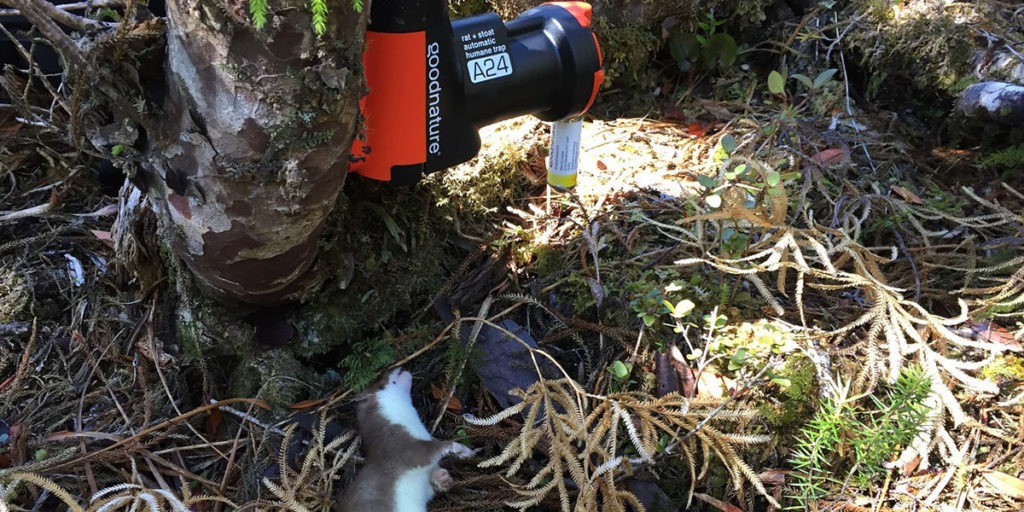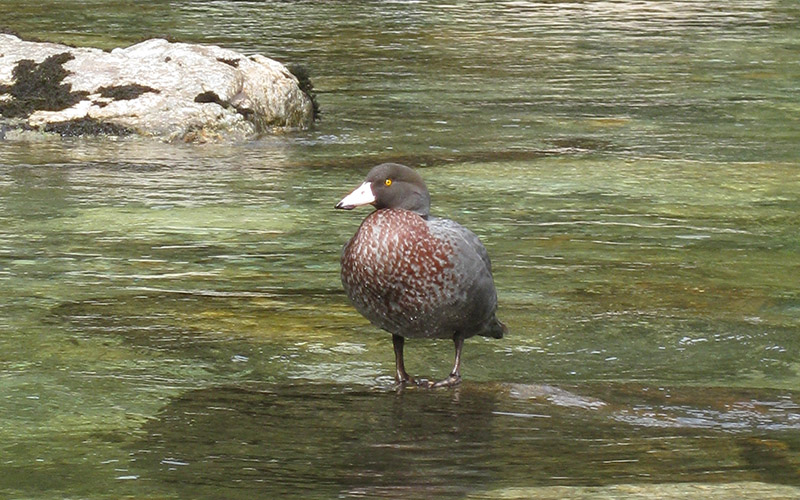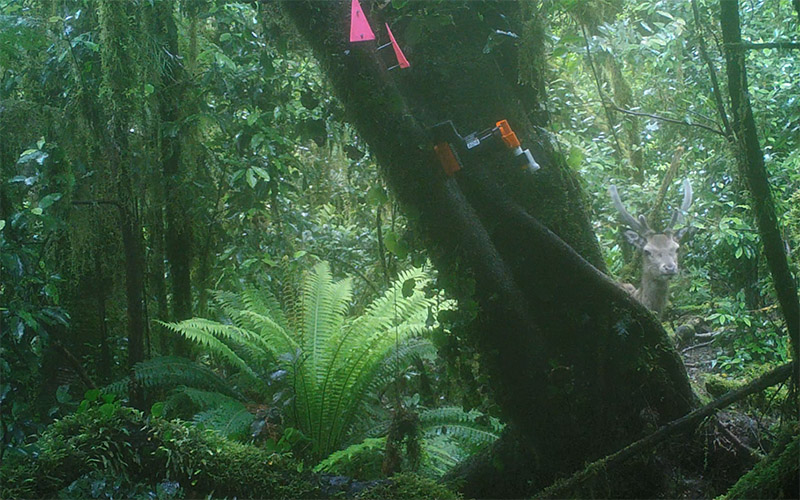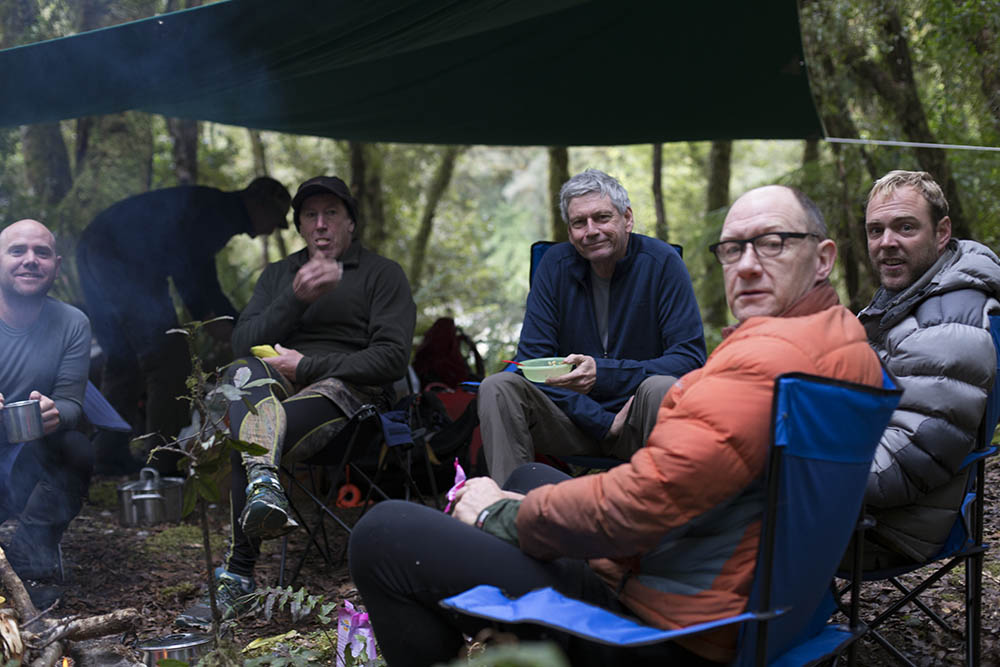Trapping methods
The principle methodology for the VALLEYS PROJECT involves establishing lines of traps for stoats and rats along both sides of rivers at 100m intervals.

Trapping Strategy
The principle methodology for the VALLEYS PROJECT involves establishing lines of traps for stoats and rats along both sides of rivers at 100m intervals. Stoats range widely and are highly likely to pass through river valleys, attracted by potential food sources. In winter, colder conditions push them to lower altitudes and the valley floors. Anti-predator trap lines have a known “halo” effect which extends for several hundred meters on either side of the lines. Many Fiordland valleys are only a few hundred meters wide before they rise steeply so stoats will encounter traps located on either side of a river. The presence of these lines can reasonably be expected to provide benefit to birdlife over much of the area of the valley. We will not eliminate predators but their numbers will fall, adjusting the balance in favour of our natives.
Whio Conservation
Mature Whio, bred under the protection of existing trap-lines established by DOC, naturally seek fresh habitats to establish their own adult territories. Once they move into areas not subject to stoat suppression, the chances of their own young suffering death by predation are extreme. Establishing a degree of protection in adjacent valleys will complement the existing Whio conservation activities by DOC and give other birdlife relief from the pressures of predation. Whio can only be protected in their natural habitat – they cannot survive without their rivers. The halo effect of the traps will extend out across the valley floors to assist Kiwi and our other iconic species.


Trapping equipment
It is impractical and expensive to undertake frequent visits to service trap lines in remote areas. The use of Goodnature A24 self-resetting traps combined with Auto Lure bait pumps, dramatically reduces the helicopter time and manpower required to set out and maintain trap lines and allows 6 month intervals between servicing. DOC recommends this servicing to be undertaken in September to coincide with the first nesting attempts and the alternate visits will fall in late March/early April.
Species Monitoring is directed by DOC. An initial survey of the Whio population in the Camelot valley was undertaken in January 2017 identifying 20 resident birds in the northern part of the valley – a sizeable population of such an endangered species.
Commercial opportunities
The existence of a market for Possum fur and skins provides the opportunity to monetise predator control. The VALLEYS PROJECT will in time seek to leverage opportunities from this and develop partnerships with existing commercial contractors, and also social agencies to benefit those who need opportunities to develop work skills. We have already engaged with local Te Anau possum trappers, assisting with transport costs to the Cozette Valley to make their work financially viable, and providing a relocatable wooden bivy shelter.

